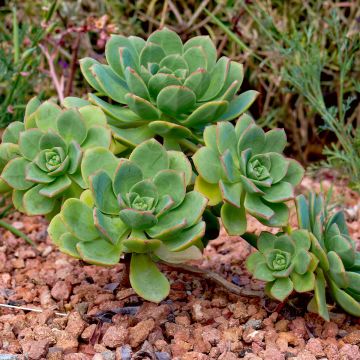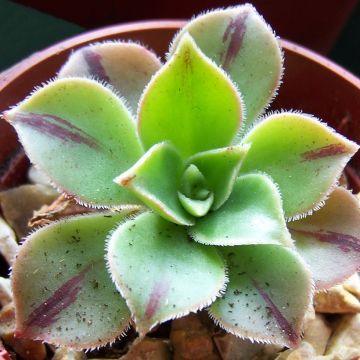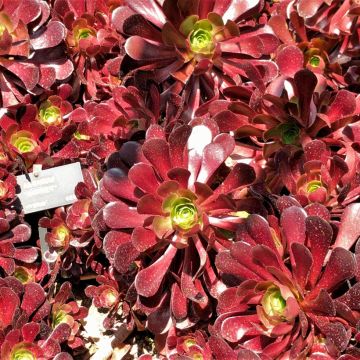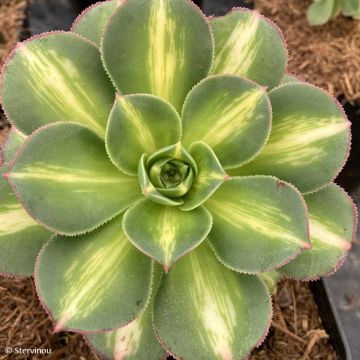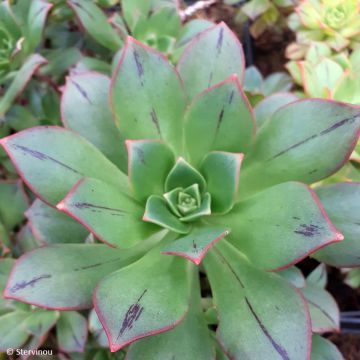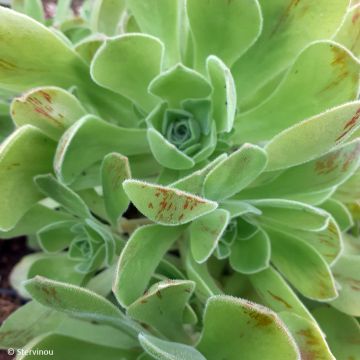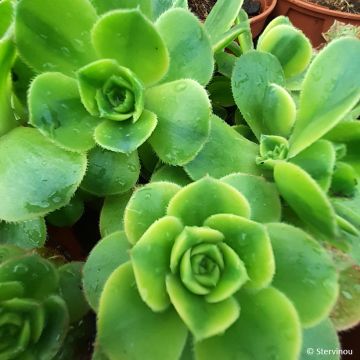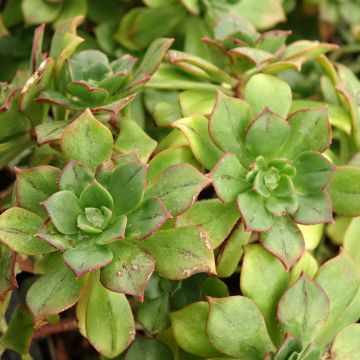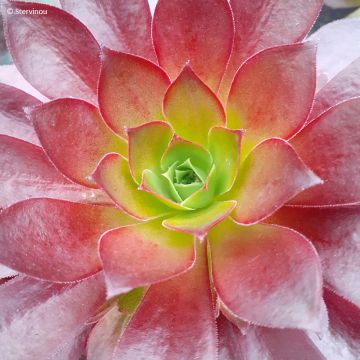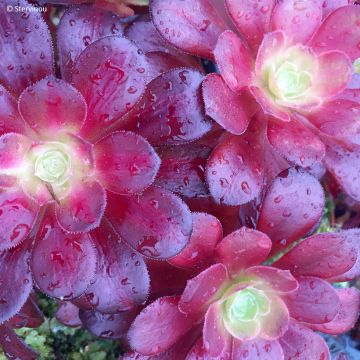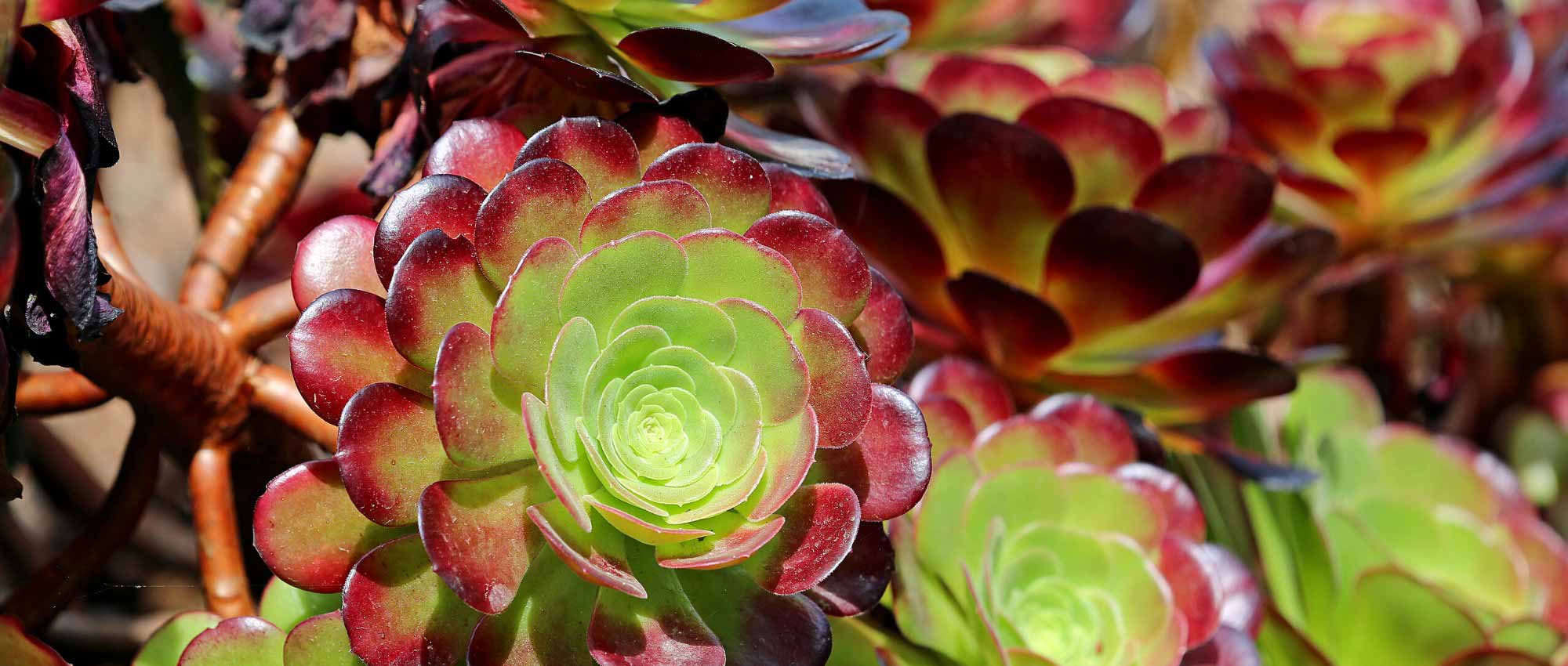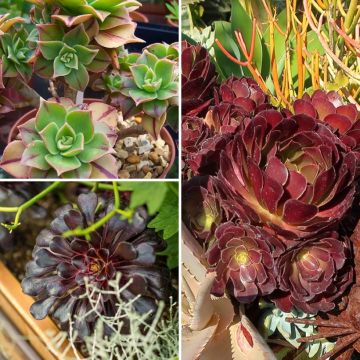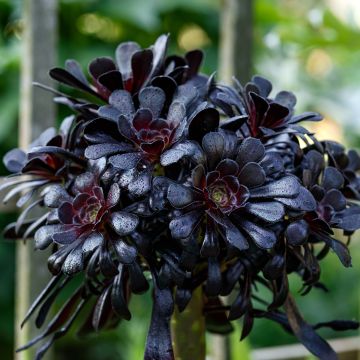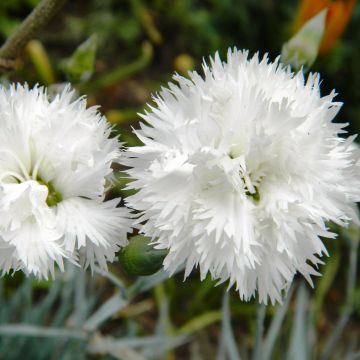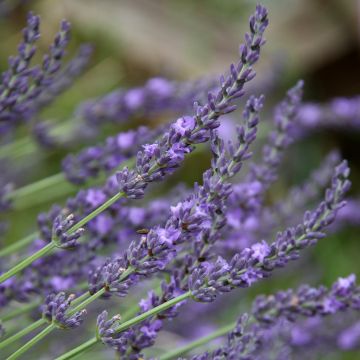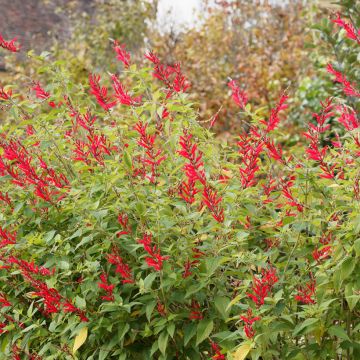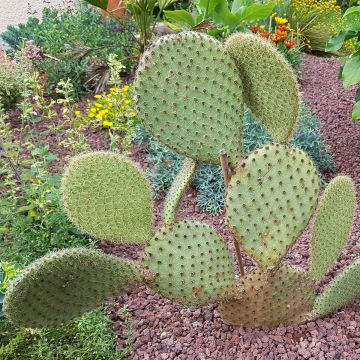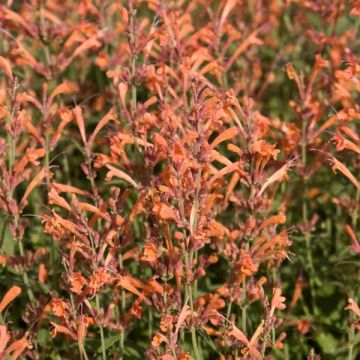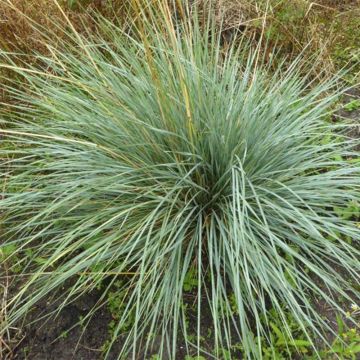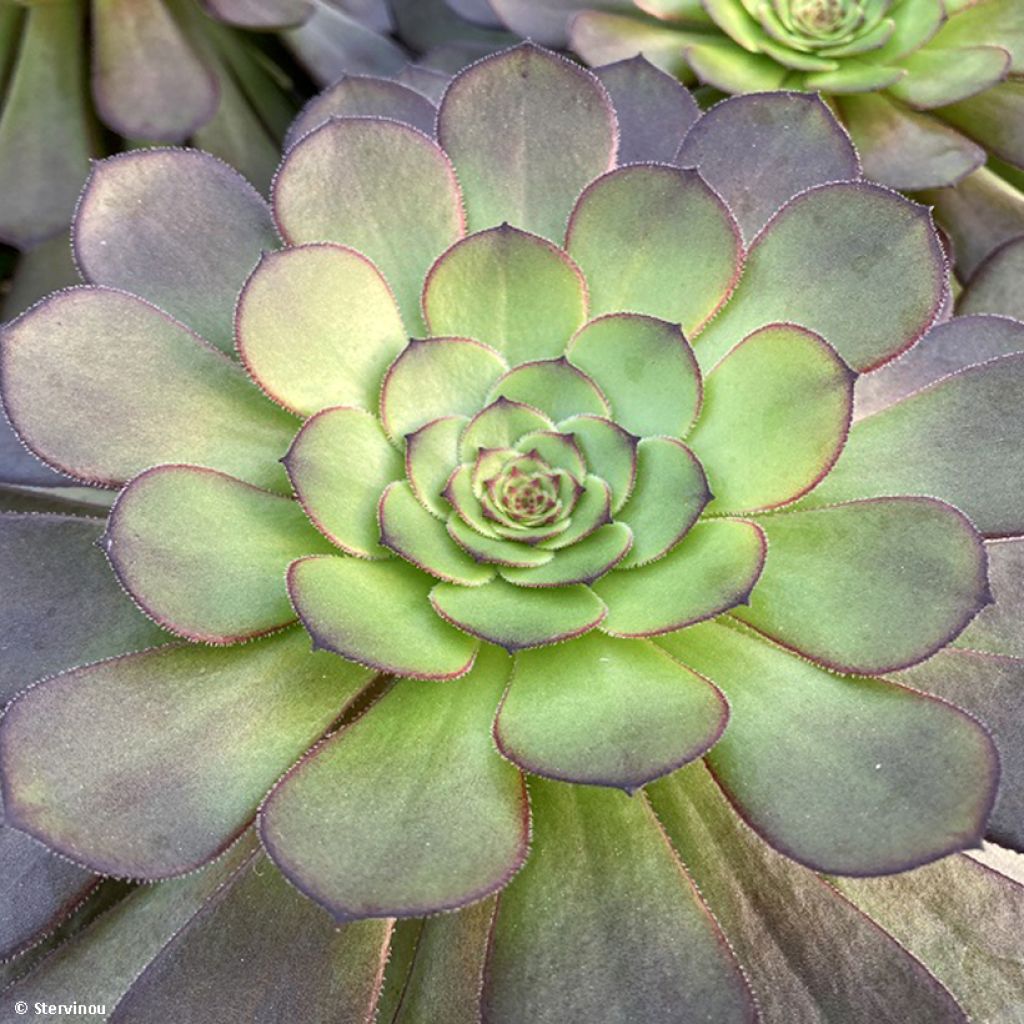

Aeonium arboreum Tip Top - Aéonium en arbre
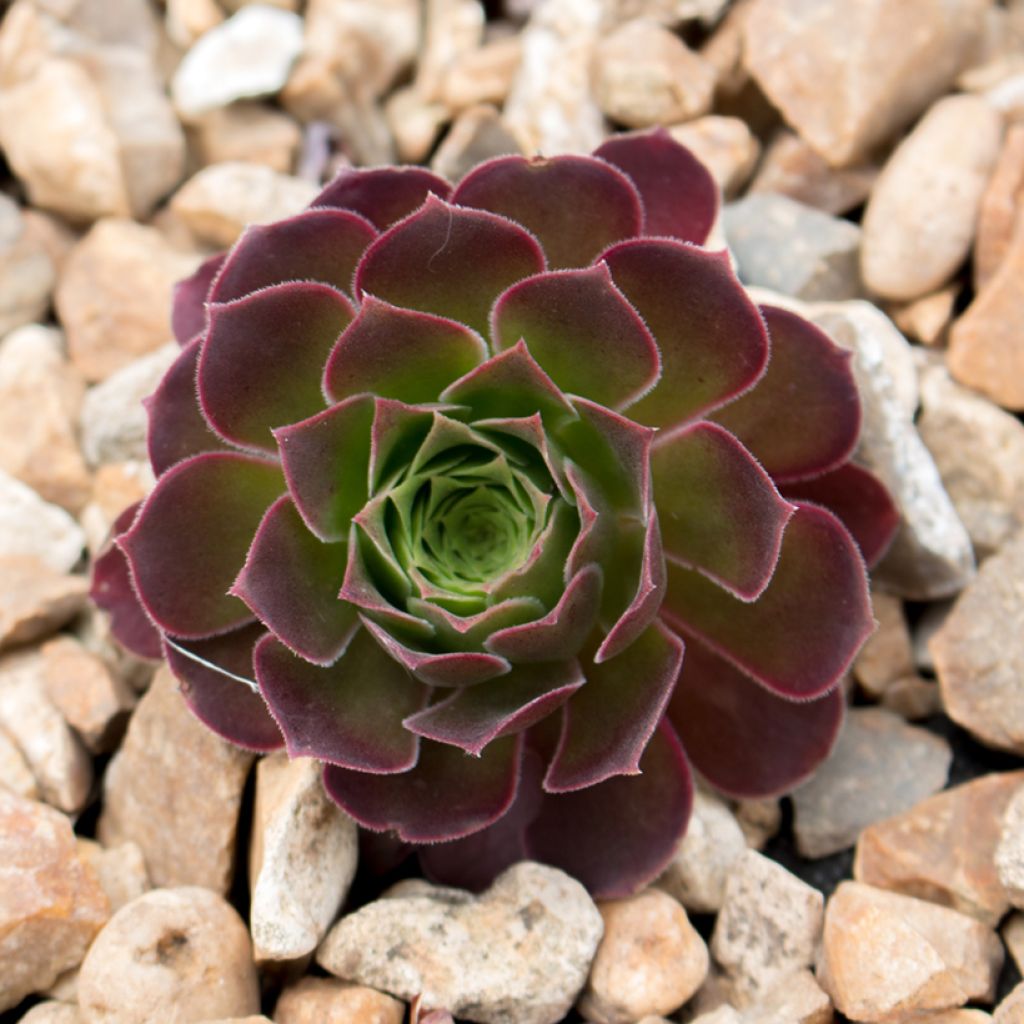

Aeonium arboreum Tip Top - Aéonium en arbre
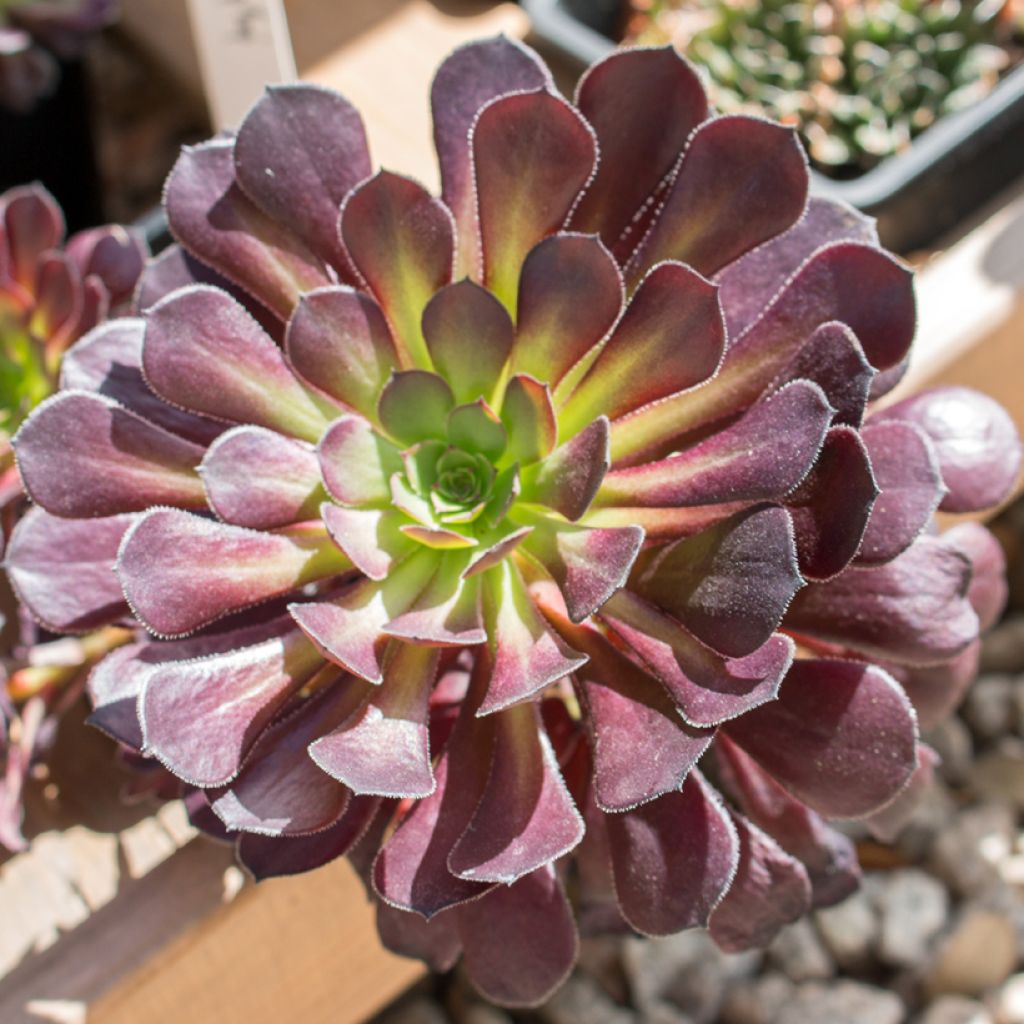

Aeonium arboreum Tip Top - Aéonium en arbre
Aeonium arboreum Tip Top
Aeonium arboreum Tip Top
Tree Aeonium, Tree Houseleek, Irish Rose
Special offer!
Receive a €20 voucher for any order over €90 (excluding delivery costs, credit notes, and plastic-free options)!
1- Add your favorite plants to your cart.
2- Once you have reached €90, confirm your order (you can even choose the delivery date!).
3- As soon as your order is shipped, you will receive an email containing your voucher code, valid for 3 months (90 days).
Your voucher is unique and can only be used once, for any order with a minimum value of €20, excluding delivery costs.
Can be combined with other current offers, non-divisible and non-refundable.
Why not try an alternative variety in stock?
View all →This plant carries a 24 months recovery warranty
More information
We guarantee the quality of our plants for a full growing cycle, and will replace at our expense any plant that fails to recover under normal climatic and planting conditions.
Would this plant suit my garden?
Set up your Plantfit profile →
Description
Aeonium arboreum 'Tip Top' is an extremely aesthetic compact variety. This small succulent plant forms a perfect cushion, made up of a multitude of tightly packed rosettes with an geometric and graphic appearance. Closely packed together, these rosettes turn dark purple in the sun, while keeping a green heart, creating a happy contrast. Practically twice as wide as it is tall, this small Aeonium does not exceed 25 to 30cm (9.8 to 11.8in) in height, with its joined rosettes forming a dense mass of vegetation. Frost-sensitive, it must be overwintered in most parts of France, or protected in milder climates, and due to its limited root system, it needs to be watered more often than other varieties.
Aeoniums are succulent plants in the Crassulaceae family, which includes around 1500 species, many of which are of ornamental interest. Everyone knows the popular Kalanchoe with their vibrant flower bouquets that brighten up our interiors, or Echeveria which have been the highlight of mosaic culture, while sedums are essential in roof greening... We could also mention the friendly Joubarbes, or Sempervivum, which are part of our spontaneous flora despite their exotic appearance, and many more.
Aeoniums have a family resemblance that makes them easy to identify - at least as a genus, because when it comes to species or varieties, it's already more difficult, especially among the purples, many of which are descendants of 'Zwartkop'. The origin of 'Tip Top' remains quite mysterious, both in terms of the breeder - unknown - and the parents. We only have a trace in California, where it has been present since 2012, especially at the San Diego Botanic Garden. The same uncertainty prevails regarding its flowering, reputed to be yellow in late spring, but many nurserymen have not seen it in cultivation... In any case, it is a particularly aesthetic variety. 'Tip Top' is indeed perhaps the Aeonium that produces the most rosettes, of a relatively small size (3 to 6cm (1.2 to 2.4in)), even if sometimes one of them is struck by gigantism and grows more or less at the expense of the whole (it is enough then to cut it to provoke the appearance of new small shoots in its place). Although small in size, as it will measure a maximum of 30cm (11.8in) in height, 'Tip Top' produces a multitude of rosettes that press against each other, forming an impenetrable surface. Classically, in summer, leaves dry up as in other varieties, but they fail to fall, remaining trapped between the existing rosettes. It is then preferable to remove them by hand. The beauty of these rosettes lies in their colour, with the heart remaining green while the rest turns dark purple in summer. The spatulate leaves become darker and darker as they approach the periphery, giving this plant all its ornamental interest. With a spreading habit, up to 2 times its height, or nearly 60cm (23.6in), this variety is very suitable for hanging cultivation, which will highlight its morphology.
In the mildest climates of our territory, it should be planted in full sun, in poor and well-drained soil, as it will not tolerate winter if it is too humid! It will even be necessary to protect it with a non-woven cover if the temperature drops one or two degrees below 0°C (32 °F). This only applies to the mildest areas of France, as elsewhere, it will be imperative to overwinter it in a frost-free room with as much light as possible. It should be noted that this Aeonium is more sensitive to drought than others due to its weak root system. Therefore, it should be watered sufficiently regularly in hot weather.
Aeoniums are succulent plants of great ornamental value, and this small hybrid honors its group with its extremely dense and colourful habit. Planted in a pot, it will perfectly integrate into a contemporary environment, where the purity of its forms will make up for the rarity of its flowering. In climates mild enough to accommodate it in the ground, such as the French Riviera, it can create a strong visual impact in a mass planting of exotic plants. You can associate it with other graphic beauties like the magnificent Aloe aristata, whose geometric purity of foliage is equalled only by the beauty of its coral pink flowers. For a strong contrast, plant the astonishing Senecio 'Angel Wings' nearby, with white leaves on both sides due to the thick down that covers and protects them from drought. And of course, many cacti with their characteristic shapes, prickly pears, candles, spheres, will perfectly match the graphic style of your small Aeonium.
Aeonium arboreum Tip Top in pictures


Plant habit
Flowering
Foliage
Botanical data
Aeonium
arboreum
Tip Top
Crassulaceae
Tree Aeonium, Tree Houseleek, Irish Rose
Cultivar or hybrid
Other Aeonium
View all →Planting and care
Aeonium arboreum 'Tip Top' is less drought-resistant than its counterparts, due to a less developed root system. It therefore requires more frequent and regular watering in the summer to prevent it from suffering. However, give it a light, well-drained, sandy, poor, even slightly chalky soil. Plant it after the last frost in open ground in coastal or hot and dry climates. Planting in pots is possible all year round, sheltered from frost of course. It thrives in full sun or partial shade south of the Loire, and likes to have warm roots. Under these conditions, it can tolerate very light frosts, around -3°C (26.6 °F). In most parts of our country, it will therefore need to be planted in a pot to overwinter in an unheated but frost-free room, and importantly, very bright.
Planting period
Intended location
Care
Planting & care advice
This item has not been reviewed yet - be the first to leave a review about it.
Similar products
Haven't found what you were looking for?
Hardiness is the lowest winter temperature a plant can endure without suffering serious damage or even dying. However, hardiness is affected by location (a sheltered area, such as a patio), protection (winter cover) and soil type (hardiness is improved by well-drained soil).

Photo Sharing Terms & Conditions
In order to encourage gardeners to interact and share their experiences, Promesse de fleurs offers various media enabling content to be uploaded onto its Site - in particular via the ‘Photo sharing’ module.
The User agrees to refrain from:
- Posting any content that is illegal, prejudicial, insulting, racist, inciteful to hatred, revisionist, contrary to public decency, that infringes on privacy or on the privacy rights of third parties, in particular the publicity rights of persons and goods, intellectual property rights, or the right to privacy.
- Submitting content on behalf of a third party;
- Impersonate the identity of a third party and/or publish any personal information about a third party;
In general, the User undertakes to refrain from any unethical behaviour.
All Content (in particular text, comments, files, images, photos, videos, creative works, etc.), which may be subject to property or intellectual property rights, image or other private rights, shall remain the property of the User, subject to the limited rights granted by the terms of the licence granted by Promesse de fleurs as stated below. Users are at liberty to publish or not to publish such Content on the Site, notably via the ‘Photo Sharing’ facility, and accept that this Content shall be made public and freely accessible, notably on the Internet.
Users further acknowledge, undertake to have ,and guarantee that they hold all necessary rights and permissions to publish such material on the Site, in particular with regard to the legislation in force pertaining to any privacy, property, intellectual property, image, or contractual rights, or rights of any other nature. By publishing such Content on the Site, Users acknowledge accepting full liability as publishers of the Content within the meaning of the law, and grant Promesse de fleurs, free of charge, an inclusive, worldwide licence for the said Content for the entire duration of its publication, including all reproduction, representation, up/downloading, displaying, performing, transmission, and storage rights.
Users also grant permission for their name to be linked to the Content and accept that this link may not always be made available.
By engaging in posting material, Users consent to their Content becoming automatically accessible on the Internet, in particular on other sites and/or blogs and/or web pages of the Promesse de fleurs site, including in particular social pages and the Promesse de fleurs catalogue.
Users may secure the removal of entrusted content free of charge by issuing a simple request via our contact form.
The flowering period indicated on our website applies to countries and regions located in USDA zone 8 (France, the United Kingdom, Ireland, the Netherlands, etc.)
It will vary according to where you live:
- In zones 9 to 10 (Italy, Spain, Greece, etc.), flowering will occur about 2 to 4 weeks earlier.
- In zones 6 to 7 (Germany, Poland, Slovenia, and lower mountainous regions), flowering will be delayed by 2 to 3 weeks.
- In zone 5 (Central Europe, Scandinavia), blooming will be delayed by 3 to 5 weeks.
In temperate climates, pruning of spring-flowering shrubs (forsythia, spireas, etc.) should be done just after flowering.
Pruning of summer-flowering shrubs (Indian Lilac, Perovskia, etc.) can be done in winter or spring.
In cold regions as well as with frost-sensitive plants, avoid pruning too early when severe frosts may still occur.
The planting period indicated on our website applies to countries and regions located in USDA zone 8 (France, United Kingdom, Ireland, Netherlands).
It will vary according to where you live:
- In Mediterranean zones (Marseille, Madrid, Milan, etc.), autumn and winter are the best planting periods.
- In continental zones (Strasbourg, Munich, Vienna, etc.), delay planting by 2 to 3 weeks in spring and bring it forward by 2 to 4 weeks in autumn.
- In mountainous regions (the Alps, Pyrenees, Carpathians, etc.), it is best to plant in late spring (May-June) or late summer (August-September).
The harvesting period indicated on our website applies to countries and regions in USDA zone 8 (France, England, Ireland, the Netherlands).
In colder areas (Scandinavia, Poland, Austria...) fruit and vegetable harvests are likely to be delayed by 3-4 weeks.
In warmer areas (Italy, Spain, Greece, etc.), harvesting will probably take place earlier, depending on weather conditions.
The sowing periods indicated on our website apply to countries and regions within USDA Zone 8 (France, UK, Ireland, Netherlands).
In colder areas (Scandinavia, Poland, Austria...), delay any outdoor sowing by 3-4 weeks, or sow under glass.
In warmer climes (Italy, Spain, Greece, etc.), bring outdoor sowing forward by a few weeks.






























